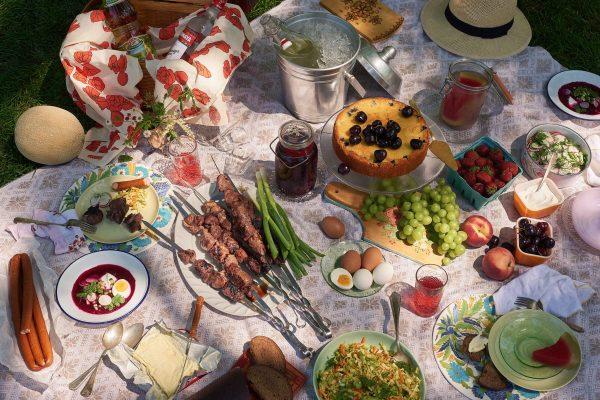For Cuban-born Marta Darby, sitting down to an espresso with pastelitos de guayaba y queso, “little pastries” of guava and cheese, makes her feel like she is 5 years old again, back on the island.
“It is such a warm feeling,” she said. “It takes me back to the big family reunions. Our family in Cuba was very close until we had to leave.”


